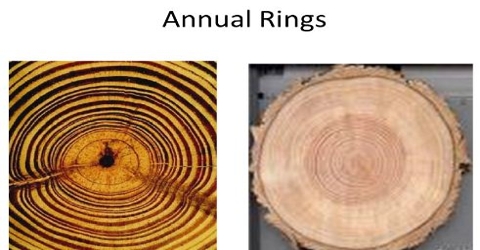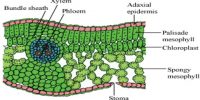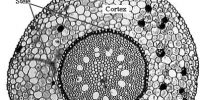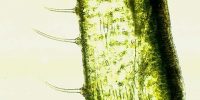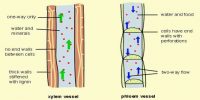Formation of Annual Ring:
An annual ring may be defined as a ring of vascular tissue produced by the fascicular cambium during the course of one year. In each annual ring the xylem consists of two types of wood elements namely spring wood or early wood and autumn wood or late wood. Annual rings develop later in life as trees age and develop vascular cylinders, which provide the conditions needed for subsequent ring growth.
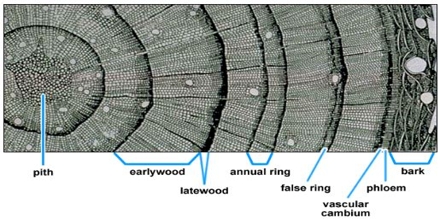
(i) In favorable conditions or seasons, i.e., in spring season, when plant get rapid growth, cambium grows more vessels with large cavities a thin walls in order to meet up the demand of water.
(ii) The wood or xylem tissue formed in the spring with this type of xylem vessel is known as spring wood or early wood.
(iii) In adverse season, i.e., in autumn season, when plants reduce their growth or usually don’t grow, cambium produces vessels with thick wall and narrow cavities.
(iv) The wood or xylem tissues formed in the winter season are known as autumn wood or late wood.
(v) Therefore in one year, normally two types of wood are formed and those two types combinedly form a concentric ring, with vessels of large cavities and thin walls (spring wood) and vessels of narrow cavities and thick walls (late wood/autumn wood) is known as annual ring.
(vi) By counting the number of annual rings, the approximate age of a plant can be estimated.
